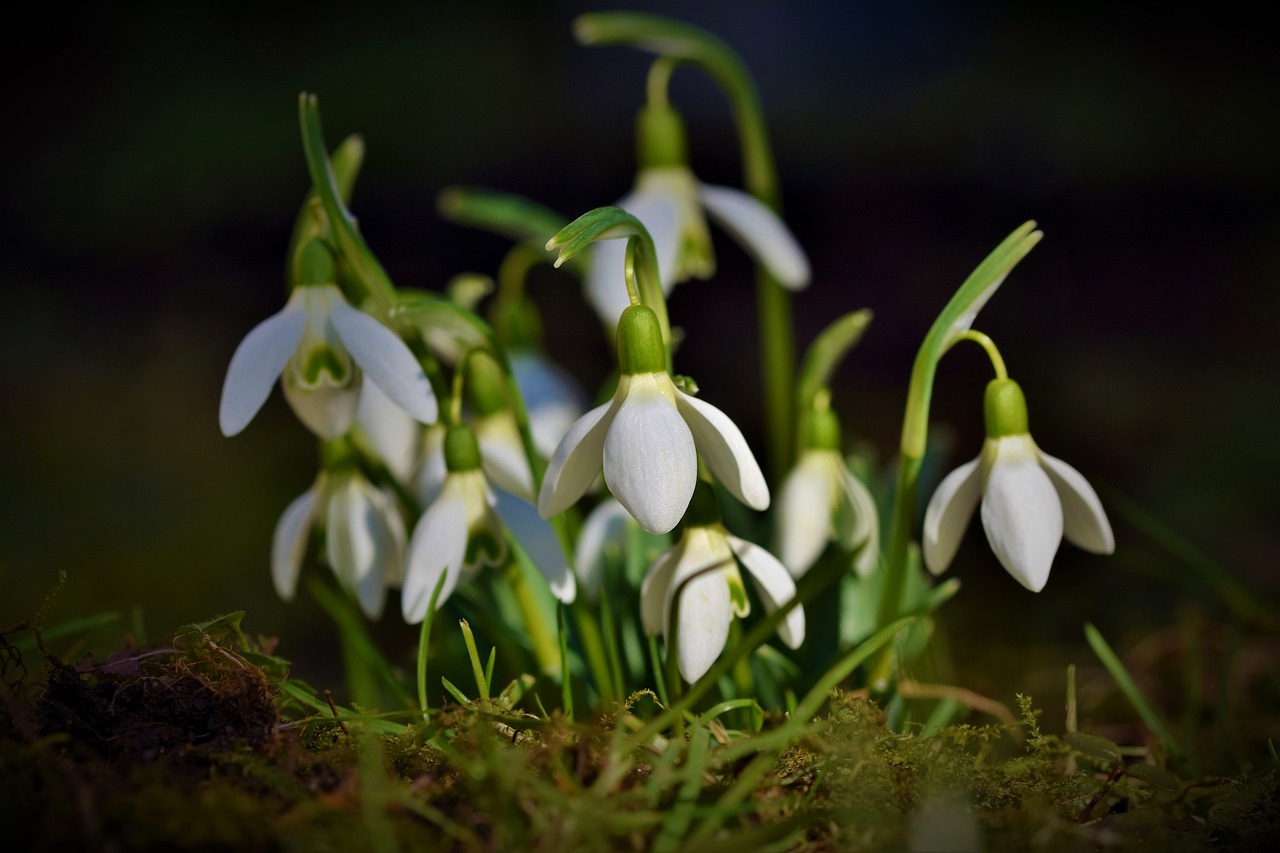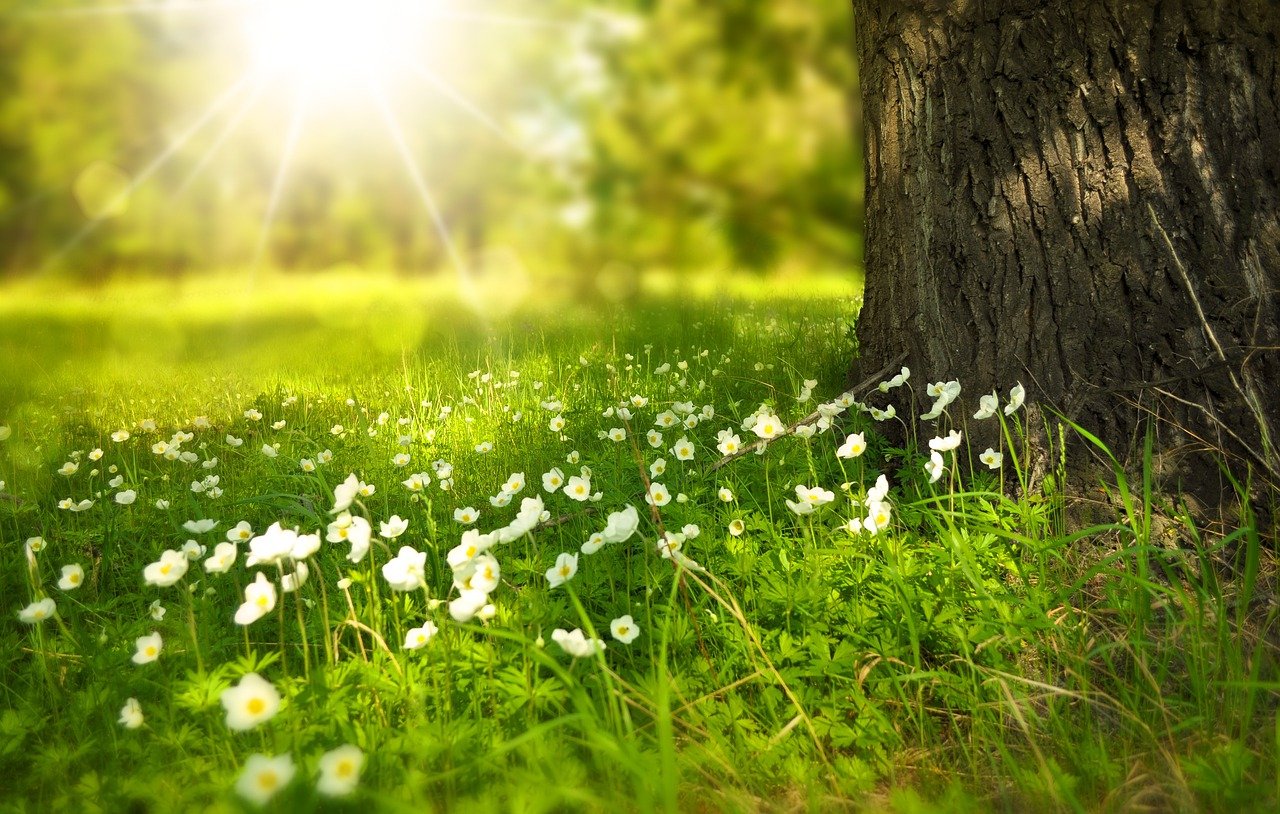A little bit of planning can ensure that your garden will have an abundance of plants bearing January flowers.
The beauty with these plants is that they will return year upon year and require little maintenance – a gardener’s dream. These plants are fully wintered hardy for most of the UK, down to -15C, and hardy to USDA Zone 8, unless otherwise specified.
Shrubs

In the depths of winterLonicera x Purpusii ‘Winter beauty’ (Winter honeysuckle) produces clusters of fragrant, white flowers with yellow anthers smothering bare branches of this deciduous shrub.
Once the bright green leaves appear in early spring it looks rather inconsequential and so it is best planted among some other shrubs that can provide some interest once the flowers have gone. Grows upwards and outwards to around 2 m.
Camellia Japonica’s flowers provide another splash of color in the January garden. Their glossy evergreen foliage provides structure and interest all year round and their large flowers are very pretty. They can grow up to 8m tall but if pot-grown will remain much smaller. Try ‘Silver Anniversary’ with its larger than average white blooms or ‘Desire’ which are white or blush-pink with petals edged with darker pink
Sarcococca hookeriana (sweet box) will thrive in partial sun or deep shade. This dense, compact (grows to approximately 2m tall x 1m wide) dark-leaved evergreen shrub bears vanilla-like scented white flowers from December to March followed by glossy black berries.
Another shrub, which looks lovely either in a mixed border or as a stand-alone specimen plant is Chimonanthus praecox (wintersweet). Its purple-stained sulfur-yellow flowers appear from December to February on bare stems, and in common with other winter flowering shrubs, it has a delicious scent, so plant it near an entrance to appreciate it to its fullest. Grows to around 4m high by 3m wide.
Helleborus niger (Christmas rose) is perhaps the most popular January-flowering plant. It has dark green, leathery leaves and bears nodding, single, white flowers in clusters in the center of the rosette from late winter to early spring. H. orientalis (Lenten rose), a similar species with chartreuse petals, blooms around the same time.
Eranthis hyemalis (Winter aconite) is another lovely choice for a January flower garden. This small perennial has bright yellow flowers that are up to an inch across and bloom atop 18-inch stalks in early spring. They naturalize well and look great massed in part shade areas.
Another favorite for winter color is Pulmonaria saccharata (Lungwort). This perennial has attractive, dark green leaves with striking silver markings. In late winter or early spring, depending on the variety, it sends up spikes of blue, pink, or white flowers.
Climbers

It is still possible in the depths of winter to have a wall smothered in fragrant January flowers. Whilst not fully hardy Clematis cirrhosa (Clematis) have evergreen leaves and will withstand temperatures down to -5C (USDA Zone 10 or Zone 9 in a sheltered spot). There are several varieties to choose from. ‘Jingle Bells’ has large, cream-coloured, nodding flowers which appear from December to February.
It grows to around 5m tall to 2m wide. ‘Freckles’ and ‘Wisley Cream’ are smaller at around 2m tall by 1.5m wide. Wisley Cream possesses creamy white bell-shaped flowers, often tinged with green. For a real injection of colour try ‘Freckles’ with its maroon-speckled white flowers, or ‘Lansdowne Gem’, with its rich claret-coloured flowers – both real show-offs in a winter garden.
Flowers

Helleborus Foetidus (stinking hellebore) is an unusual evergreen architectural plant ideal for a shady border or woodland garden or underneath deciduous shrubs. Its name derives from the unpleasant odor given off when its leaves are crushed.
All parts of the plant, as is the case with all hellebores, must be handled with care as the sap may cause skin irritation. The bell-shaped pale green, purple-edged flowers appear January to April in clumps above the dark green leaves. Grows to around 45cm.
Remember, if your soil will not be covered with some cold-resistant cover, some of these plants will not survive through the winter.






